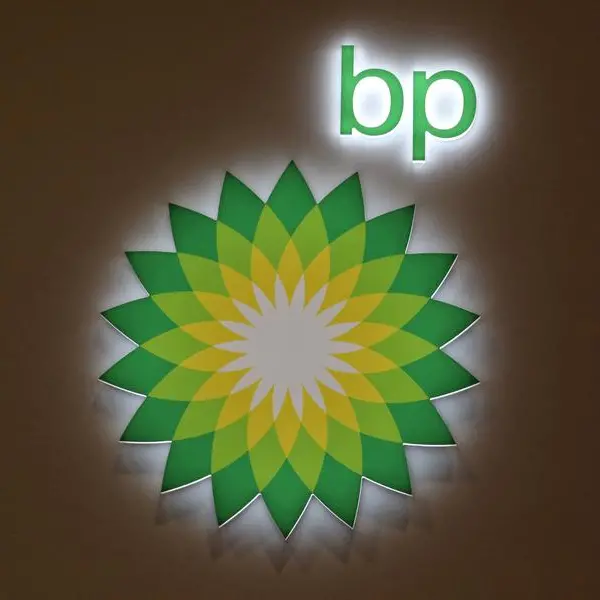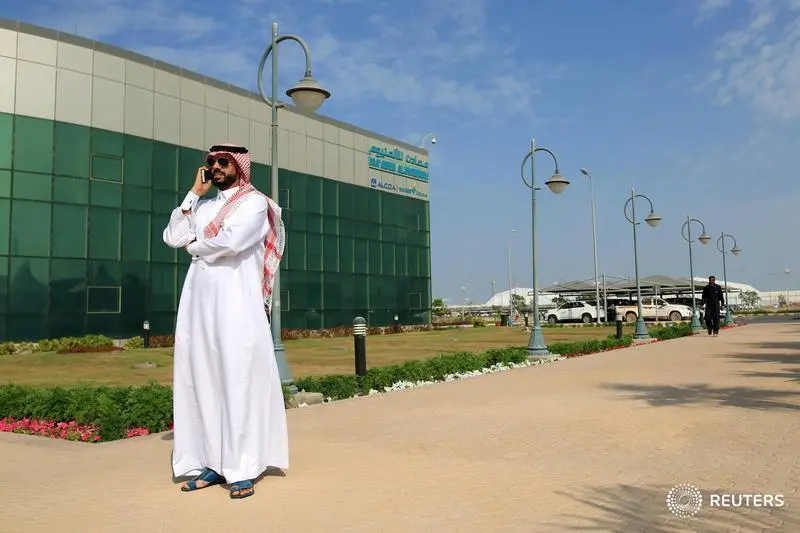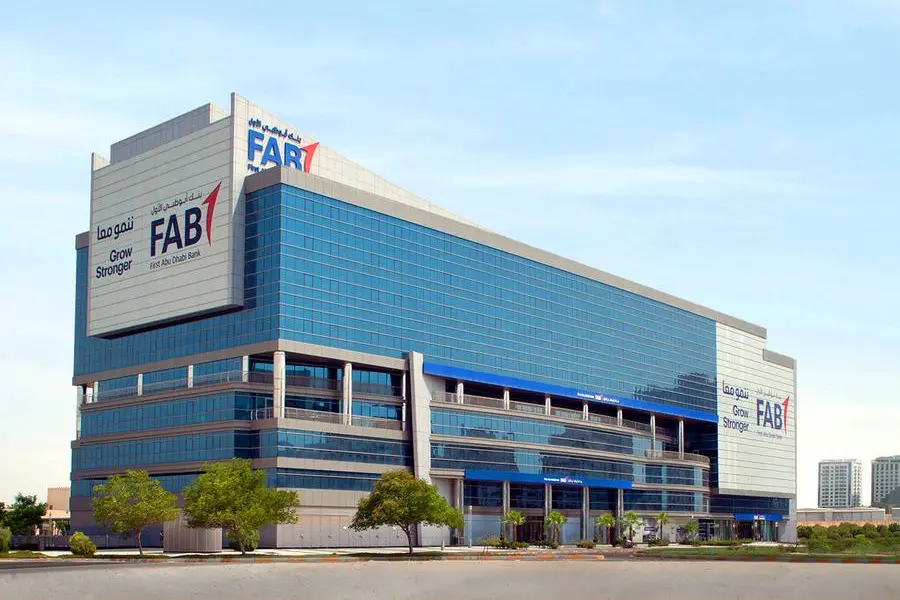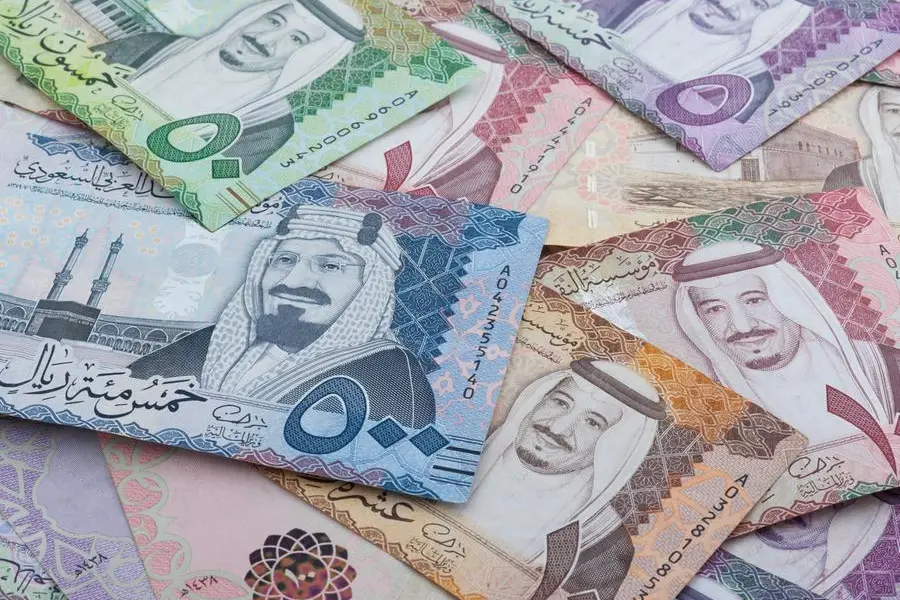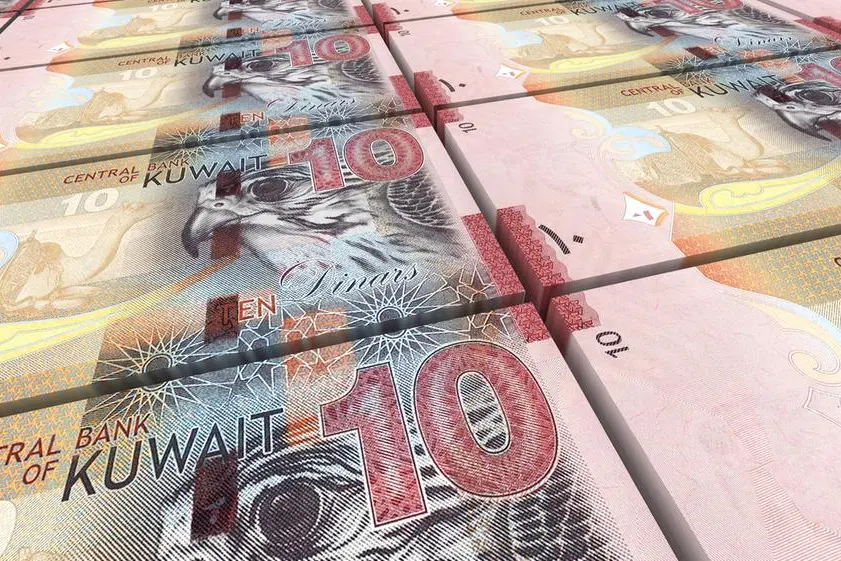The recent rise in corporate profits and financial metrics will not be enough to offset the significant credit risk of high leverage levels among global corporates, according to a report that S&P Global Ratings released today, titled Global Corporate Leverage Trends 2018.
When debt is this steep and default rates are low, something's got to give, and such leverage implies sensitivity to both higher funding costs and reduced access to financing, according to S&P Global Ratings analyst Terry Chan. “A material repricing in bond markets or faster-than-expected normalisation in money market rates could impact credit profiles, triggering the next default cycle."
The continuing recovery in earnings and cash flow, which may be assisted by the recent tax reform benefiting US companies, could see leverage moderating in 2018, but the overall level would remain high.
Global nonfinancial corporate debt grew by 15 percentage points to 96 per cent of GDP over 2011-2017, and S&P estimates that 37 per cent of corporates (based on a global sample of 13,000 entities) could be categorised as highly leveraged in 2017 (i.e. debt-to-earnings of above 5x), that is five points more than in 2007. Positively, global earnings growth has caught up with debt growth since 2016, having lagged in prior years.
While stages of the cycle vary by geography and industry, we see global corporates as at the top of the business cycle. For countries (e.g. the US) where many sectors are operating close to capacity, monetary authorities are responding to cyclical conditions by slowly tapering stimulus. The recent US corporate tax rate cut could help cash flows, extending this stage of the cycle, albeit at the risk of more aggressive tightening by the Federal Reserve.
Global credit conditions were broadly favourable going into 2018. However, both bond and equity markets have turned volatile in late January. Investors are fearful that faster economic growth, a weaker US dollar, and resurgent commodity prices could spike inflation. In turn, this could result in a material repricing of risk and faster rise in interest rates.
"Removing the easy money punch bowl could trigger the next default cycle since high corporate debt levels have increased the sensitivity of borrowers to elevated financing costs," said Chan.
China was the main driver of leverage growth over 2007-2017. Its $18.9 trillion debt (including that of state-owned entities) makes up 28 per cent of the world’s total. Asia-Pacific ex-China and Latin America also contributed to the worsening, while North America and Europe improved. Among sectors, infrastructure, capital goods and building materials remain the most indebted. Oil, metals, and telecoms doubled (from low levels) their highly leveraged ratios.
When debt is this steep and default rates are low, something's got to give, and such leverage implies sensitivity to both higher funding costs and reduced access to financing, according to S&P Global Ratings analyst Terry Chan. “A material repricing in bond markets or faster-than-expected normalisation in money market rates could impact credit profiles, triggering the next default cycle."
The continuing recovery in earnings and cash flow, which may be assisted by the recent tax reform benefiting US companies, could see leverage moderating in 2018, but the overall level would remain high.
Global nonfinancial corporate debt grew by 15 percentage points to 96 per cent of GDP over 2011-2017, and S&P estimates that 37 per cent of corporates (based on a global sample of 13,000 entities) could be categorised as highly leveraged in 2017 (i.e. debt-to-earnings of above 5x), that is five points more than in 2007. Positively, global earnings growth has caught up with debt growth since 2016, having lagged in prior years.
While stages of the cycle vary by geography and industry, we see global corporates as at the top of the business cycle. For countries (e.g. the US) where many sectors are operating close to capacity, monetary authorities are responding to cyclical conditions by slowly tapering stimulus. The recent US corporate tax rate cut could help cash flows, extending this stage of the cycle, albeit at the risk of more aggressive tightening by the Federal Reserve.
Global credit conditions were broadly favourable going into 2018. However, both bond and equity markets have turned volatile in late January. Investors are fearful that faster economic growth, a weaker US dollar, and resurgent commodity prices could spike inflation. In turn, this could result in a material repricing of risk and faster rise in interest rates.
"Removing the easy money punch bowl could trigger the next default cycle since high corporate debt levels have increased the sensitivity of borrowers to elevated financing costs," said Chan.
China was the main driver of leverage growth over 2007-2017. Its $18.9 trillion debt (including that of state-owned entities) makes up 28 per cent of the world’s total. Asia-Pacific ex-China and Latin America also contributed to the worsening, while North America and Europe improved. Among sectors, infrastructure, capital goods and building materials remain the most indebted. Oil, metals, and telecoms doubled (from low levels) their highly leveraged ratios.
© 2018 CPI Financial. All rights reserved. Provided by SyndiGate Media Inc. (Syndigate.info).
